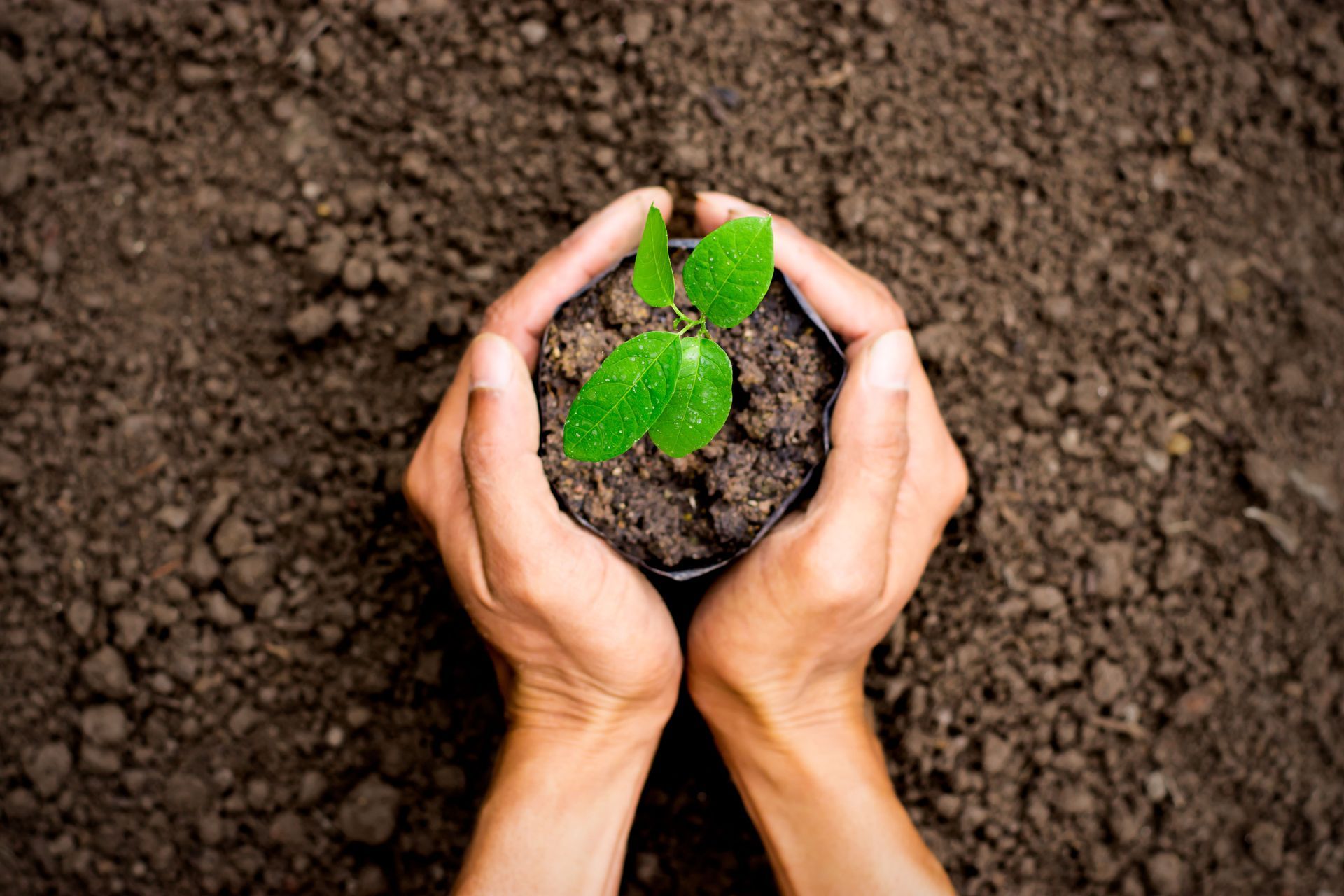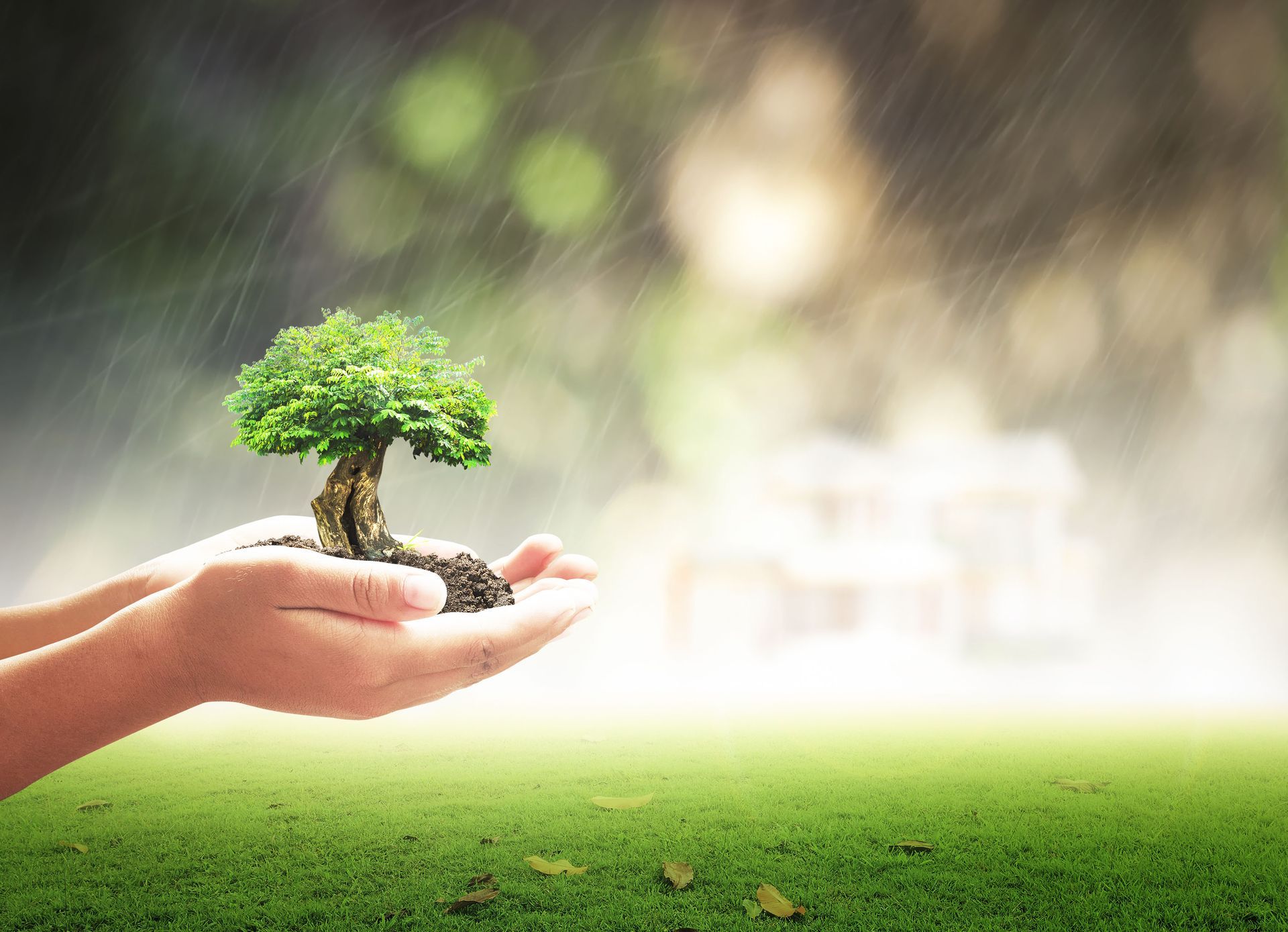8 Crucial Benefits of Tree Planting
Tree planting is one of the simplest yet most powerful ways to improve the world around us. From enhancing air and water quality to strengthening communities, the act of planting trees extends far beyond aesthetics. It addresses some of today’s most pressing challenges, including climate change, biodiversity loss, and urban development pressures. By exploring the many benefits of tree planting, we can better understand why it deserves such a central role in both local and global sustainability efforts.
1. Combating Climate Change
Few natural processes are as effective at capturing carbon as trees. Through photosynthesis, they absorb carbon dioxide and release oxygen, helping reduce the greenhouse gases that drive global warming. This natural ability makes tree planting a highly valuable strategy in combating climate change at both local and global scales.
According to the National Forest Foundation, in one year, 100 mature trees can remove 53 tons of carbon dioxide and 430 pounds of pollution from the atmosphere. These measurable outcomes underscore the importance of long-term commitments to planting and maintaining healthy forests. Tree planting may not be the sole solution to climate issues, but it is one of the most cost-effective ways to reduce carbon footprints. When communities adopt large-scale tree planting programs, they create natural carbon sinks that work in harmony with other sustainability practices like renewable energy and conservation. Each tree planted becomes a partner in mitigating the impacts of climate change, building resilience for future generations.
2. Supporting Biodiversity
Trees are essential to supporting biodiversity because they form the backbone of habitats across ecosystems. Birds, mammals, insects, and countless plant species rely on forests and woodlands for survival. Without trees, these interconnected systems quickly unravel, leading to species loss and ecosystem collapse.
Tree planting restores fragmented habitats, offering safe corridors for wildlife and encouraging genetic diversity. This restoration ensures that plants and animals can continue thriving, even in regions heavily impacted by human development. Each planted tree becomes part of a broader conservation strategy to sustain natural life. By supporting biodiversity, tree planting also benefits people. Healthy ecosystems provide services like pollination, natural pest control, and nutrient cycling — all of which are essential to human survival. Investing in biodiversity through tree planting secures a more stable environment for both humans and wildlife.
3. Improving Soil Health
Healthy soil is a foundation for agriculture, water filtration, and natural ecosystems. Trees enrich the soil by adding organic matter through decomposed leaves, bark, and roots. This organic matter improves nutrient content and boosts soil structure, making it more resilient to erosion.
Tree roots stabilize the ground and reduce the risk of soil loss during storms or flooding. In agricultural areas, tree planting provides farmers with healthier land that supports crop growth and long-term productivity. These benefits extend beyond farms to entire communities that rely on strong soil systems for clean water and food security. By focusing on soil health improvement, tree planting contributes to sustainable land management practices. It provides natural protection for vulnerable landscapes while ensuring future productivity and environmental stability.
4. Regulating the Water Cycle
Trees are a critical part of the water cycle. Through transpiration, they release water vapor into the atmosphere, which contributes to rainfall and groundwater recharge. This process sustains rivers, streams, and aquifers that communities depend on for drinking water and agriculture.
Tree planting along waterways helps filter pollutants, reduce runoff, and prevent erosion. Known as riparian planting, this practice safeguards water systems while creating rich habitats for aquatic species. Communities also benefit from improved water quality and reduced risks of flooding or droughts. By regulating the water cycle, tree planting plays a key role in protecting natural and built environments. Healthy watersheds ensure reliable water supplies, stronger ecosystems, and more resilient infrastructure in the face of climate extremes.
5. Enhancing Air Quality
Trees act as natural air purifiers. Their leaves absorb harmful pollutants like sulfur dioxide, ammonia, and nitrogen oxides, while their surfaces trap particulate matter such as dust and smoke. This filtration improves air quality and reduces health risks in polluted environments.
Urban areas, in particular, benefit from large-scale tree planting. Cities with more tree cover experience cooler temperatures, cleaner air, and lower incidences of respiratory issues among residents. Trees also provide shade, reducing the urban heat island effect and lowering energy use for cooling. The air quality benefits of tree planting are immediate and long-lasting. Cleaner air not only reduces medical costs but also improves overall well-being, making cities and towns healthier places to live.
6. Strengthening Community Well-Being
Tree planting provides social benefits that extend beyond the environment. Green spaces improve mental health, reduce stress, and encourage outdoor activity. People who live in greener neighborhoods often report greater satisfaction and stronger community connections.
Community tree planting projects also bring people together. Whether through schools, nonprofits, or local governments, planting trees becomes a unifying activity that fosters cooperation and civic pride. These shared experiences create lasting bonds while improving the local environment. By investing in tree planting, communities gain both environmental and social resilience. Green spaces make towns and cities more livable, healthier, and connected, providing value far beyond the physical trees themselves.
7. Boosting Economic Value
Tree planting carries measurable economic benefits. Property values increase in areas with strong tree cover, as buyers are often drawn to the aesthetic and environmental advantages of tree-lined neighborhoods. Businesses also benefit from greener areas that attract customers and encourage foot traffic.
Energy savings are another economic advantage. Trees provide natural shade, reducing the need for air conditioning in the summer and offering windbreaks in the winter. These savings accumulate over time, reducing energy costs for households and businesses alike. Additionally, industries like landscaping, tree sales, and urban forestry create jobs tied directly to tree planting and maintenance. This economic ripple effect demonstrates how planting trees contributes not only to the environment but also to stronger local economies.
8. Creating Urban Resilience
As cities expand, tree planting becomes crucial for maintaining livability. Urban forests reduce noise pollution, provide shade for pedestrians, and support wildlife that adapts to city life. Trees also play a vital role in stormwater management, absorbing runoff that would otherwise overwhelm drainage systems.
By integrating tree planting into city planning, municipalities improve resilience to climate events like heat waves and flooding. These benefits are particularly important as urban populations grow and environmental challenges intensify. Trees help cities remain adaptable and safe in the face of change. Urban resilience is about creating healthier, more sustainable spaces where people and nature can thrive together. Tree planting ensures that growth does not come at the expense of environmental health.
Tree planting is far more than a symbolic act. It is a practical and powerful solution to modern environmental and social challenges. From mitigating climate change to improving soil, air, and water quality, its benefits are vast and lasting. Communities that commit to planting and maintaining trees invest not only in their present but also in a healthier, more resilient future.
Since 1977, Alfaro Tree Sales Inc has been dedicated to helping people and communities achieve these benefits. Offering services such as tree planting, tree delivery, tree sales, and relocating large trees, we combine decades of expertise with a passion for healthy landscapes. If you’re ready to enjoy the many environmental and community benefits of planting trees, reach out today and take the first step toward a greener tomorrow.






Share On: